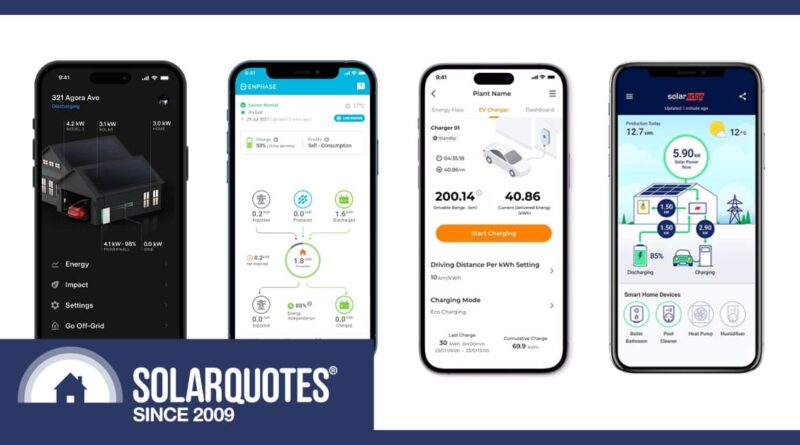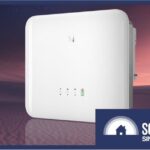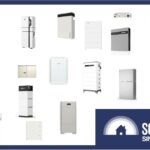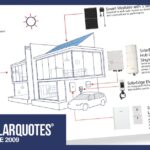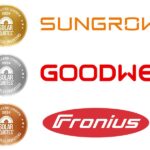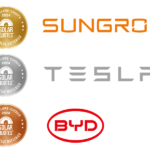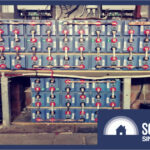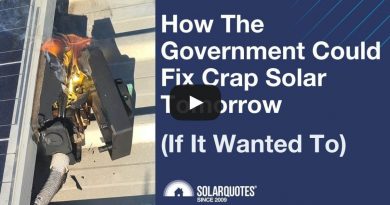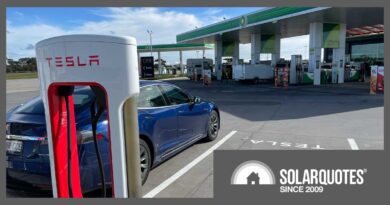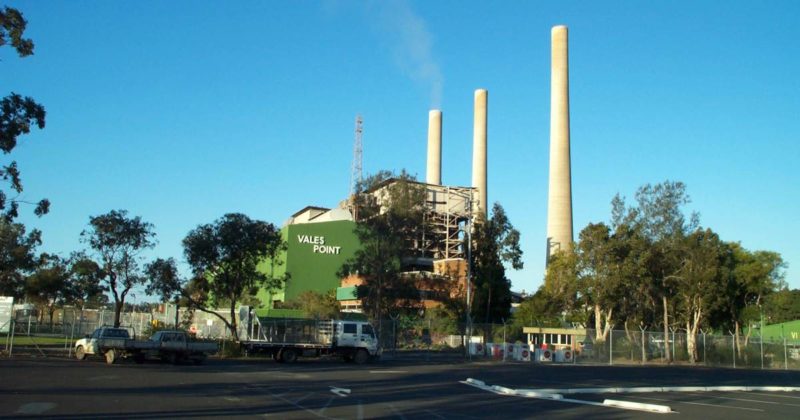Solar Ecosystems; What’s Available Today?
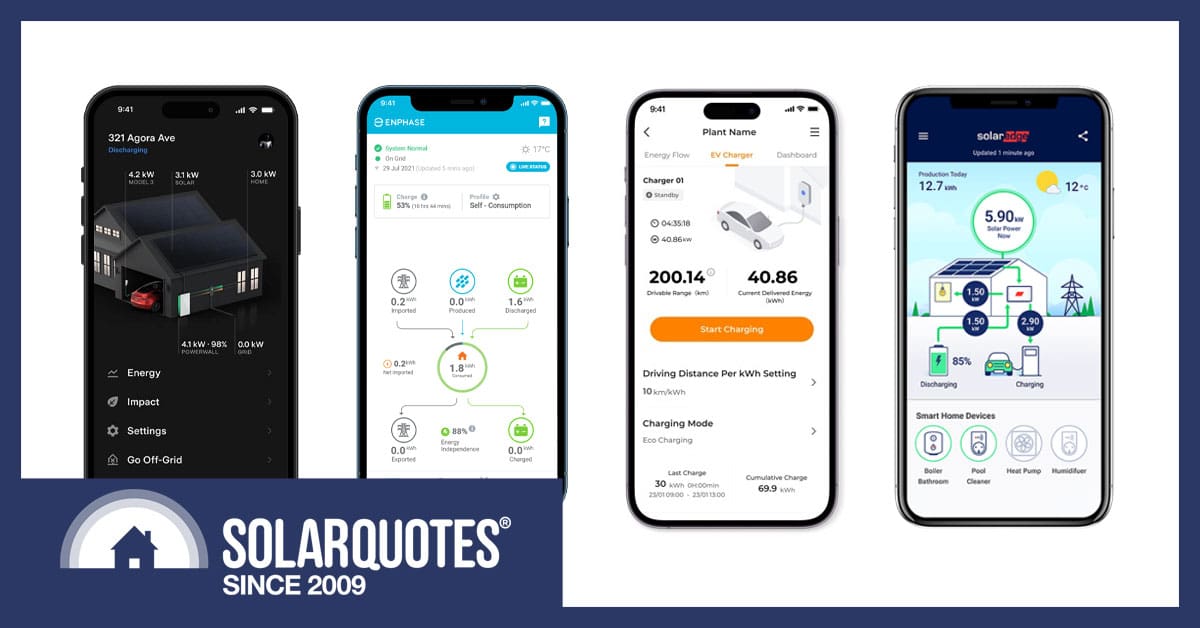
Tesla, Enphase, Sungrow & SolarEdge Apps. Some apps are better than others – so try before you buy.
While new solar, battery and EV charging products are always arriving, some have become running jokes in the solar industry because promises of ‘here by Xmas’ often lead to questions about ‘which Xmas?’ If you’re tired of waiting for a unicorn to arrive in Q5, then read on as we outline what’s already available to Australian installers to generate, store and manage energy, plus charge an EV or two.
Yesterday, I outlined why solar ecosystems are the new black. If this terminology is new to you, head back to find out why.
What Brands Offer What?
We’ve put together the following table outlining where all the brands we trust sit in terms of a full ecosystem offering:
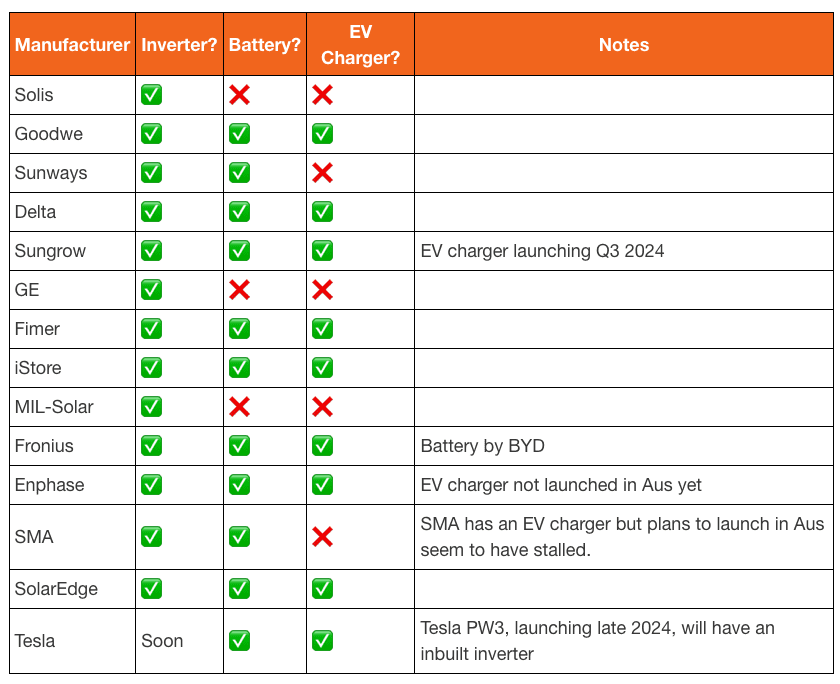
So Goodwe, Delta, Fimer, iStore, Fronius, Enphase, SolarEdge, and Tesla all have a full inverter/battery/EV charger ecosystem.
Sungrow and iStore are making promises for this year.
Here’s an overview of each company’s offerings. Our hybrid inverter, battery, and EV charger comparison tables provide the nitty-gritty details of all the products.
Goodwe
Goodwe has a range of hybrid inverters, with the ET, ES G2 and EH series.
For batteries, they have the Lynx Home F and Lynx F G2 series of modular batteries and the Lynx Home U low-voltage battery.
For EV chargers, they have their HCA series, and feedback from those I know installing them says they compare well with Fronius.
Delta
Delta offers hybrid E5 and H8-10E inverters paired with its BX 6.3AC battery. Its AC Mini/AC Max EV chargers round out its offering. As we’ve outlined before though, the Delta battery warranty is a bit sickly.
Sungrow
Sungrow’s SHRS and SHRT hybrid inverters pair with their SBR HV and new SBH batteries.
They’ve just released the SHT three-phase hybrid inverter range, which has impressive specs, including full 63A pass through, with claimed backup from 32A to 52A per phase! Much better than the previous SHRT three-phase offering, though both should be installed with a bypass switch.
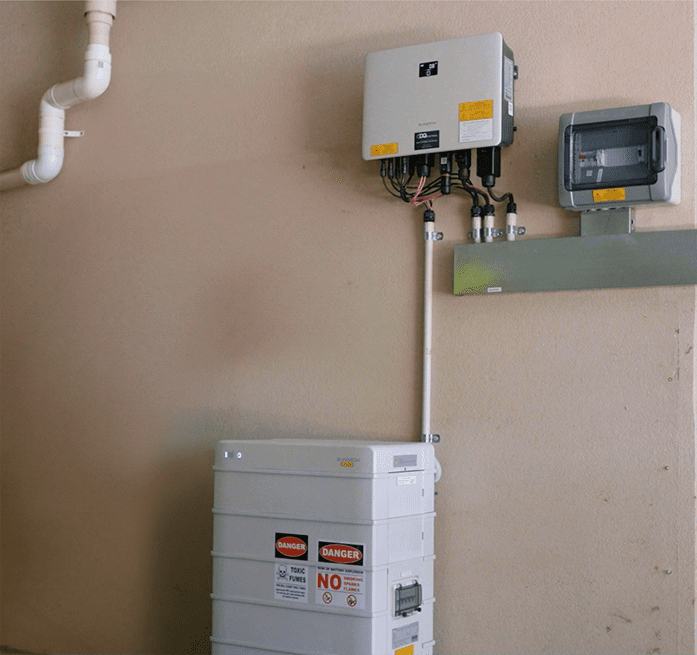
Finn’s Sungrow setup (SH5.0RS inverter and SBR HV battery) on his rental property.
Right now, the only Sungrow EV charger is a 30kW DC unit, suited to a light commercial application. However, it can be throttled, so if you have a limited 3-phase supply and perhaps a BYD car that requires DC to charge over 7kW, then it could be a very useful option.
The AC variant of the Sungrow EV charger was promised this year, and we’re waiting with bated breath.
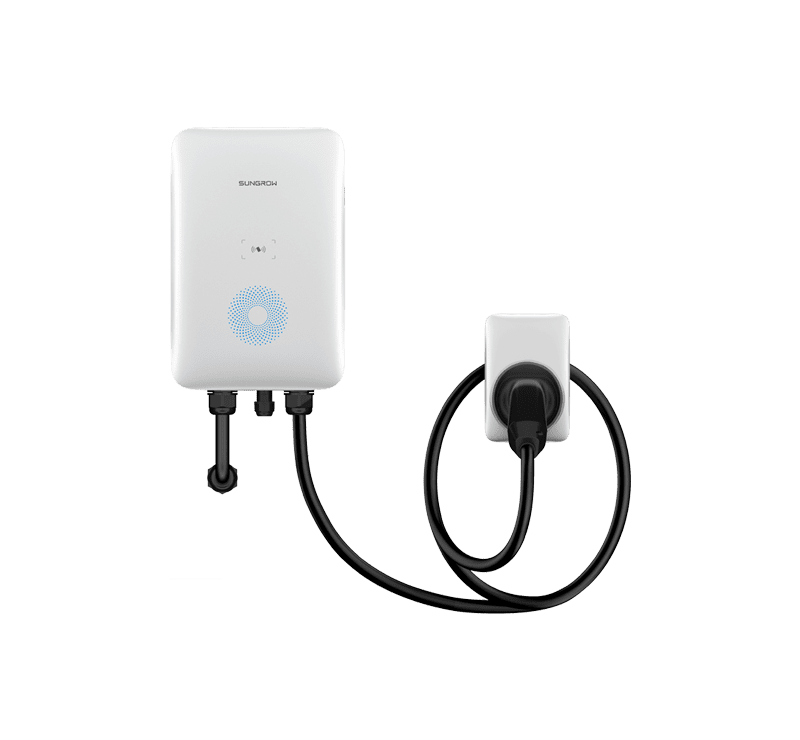
Sungrow’s soon-to-be-released EV charger
Fimer
Fimer has their REACT 2, an all-in-one unit expandable in 4kWh increments.
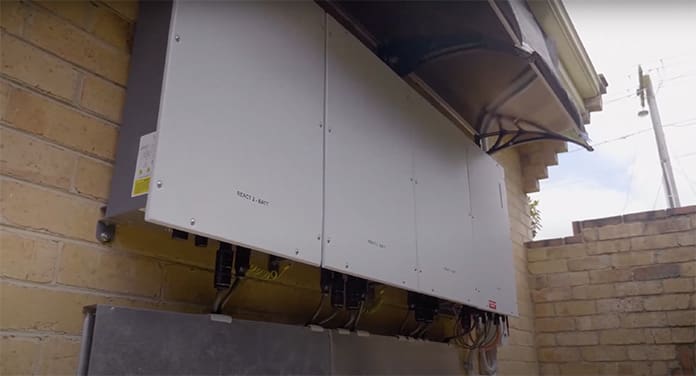
A clean-looking install from a Fimer case study. Far-right module is the inverter, modules to the left are batteries.
Their FLEXA AC Wallbox is their EV charger offering.
iStore
iStore has taken over where Huawei left off. With a local office and locally hosted monitoring and support, iStore has its HYBRID inverter range, with single and 3-phase options. Their modular Smart Battery is available in 5kWh increments. Their EV charger is yet to launch in Australia, but I’m told it’s coming soon.
Fronius
Well-developed, well ahead and ever-popular Fronius has its new series of Gen24 inverters, designed to pair with BYD batteries from the HVS and HVM range.
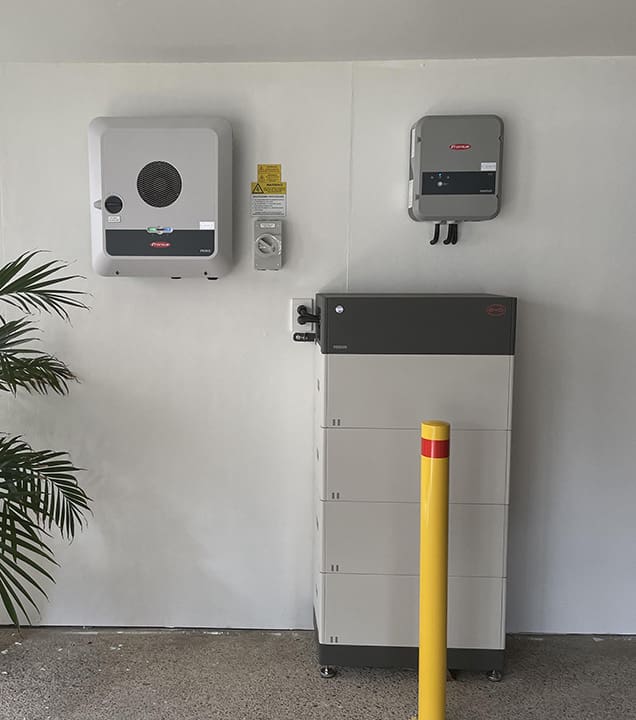
Gen24 and BYD install, done by client DJM Electrical
The award winning Fronius Wattpilot EV charger completes the ecosystem, with the Wattpilot Go offering unique portability.
If you live in Queensland, Wattpilot is currently the only option for the network’s mandated dynamic charging protocols.
Enphase
Enphase has recently launched its IQ8 battery, expandable in 5kWh increments, along with its IQ EV chargers.
While it would be nice to see Enphase open up their API access so that other technologies could be affordably integrated, we’re not holding our breath because, to date, they’ve been quite reluctant to play nicely with other companies.
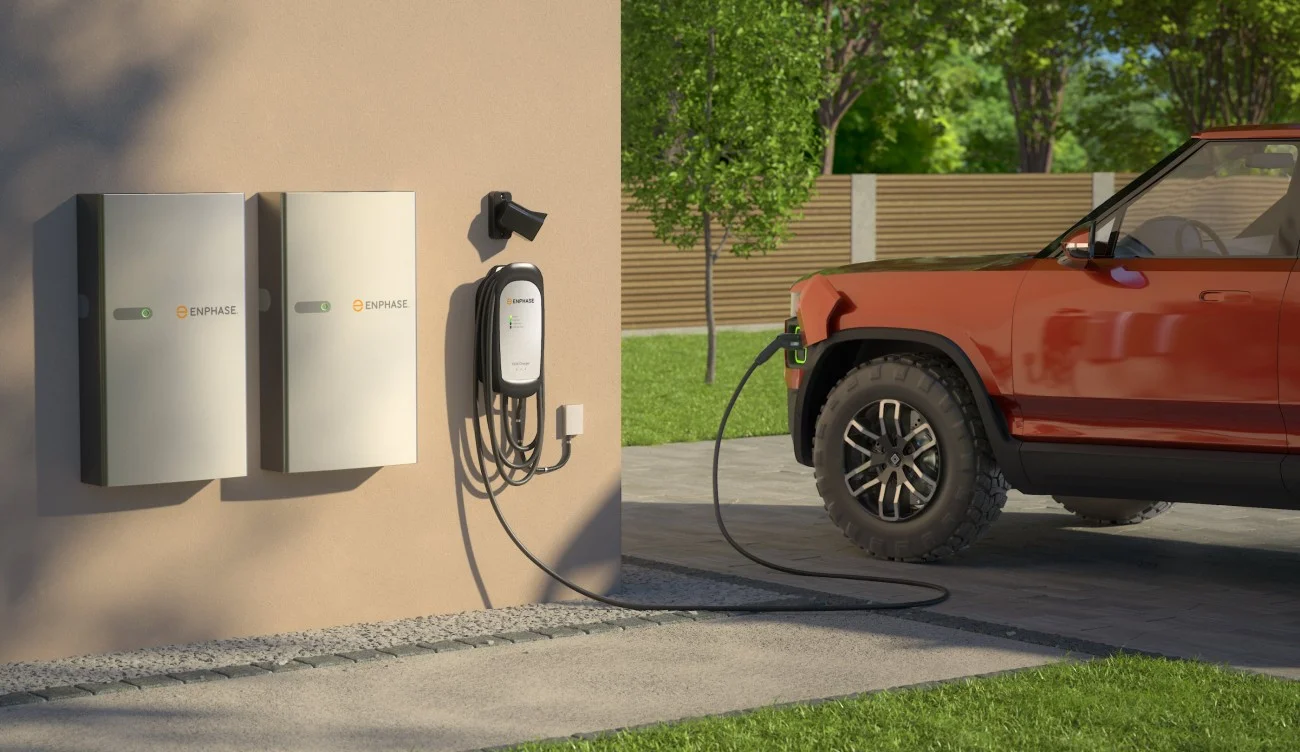
Enphase IQ5 batteries and IQ EV charger with IQ Microinverters likely on the roof.
SolarEdge
SolarEdge offers their “Energy Hub” single-phase hybrid inverters, 10kWh Home Battery, and EV charger.
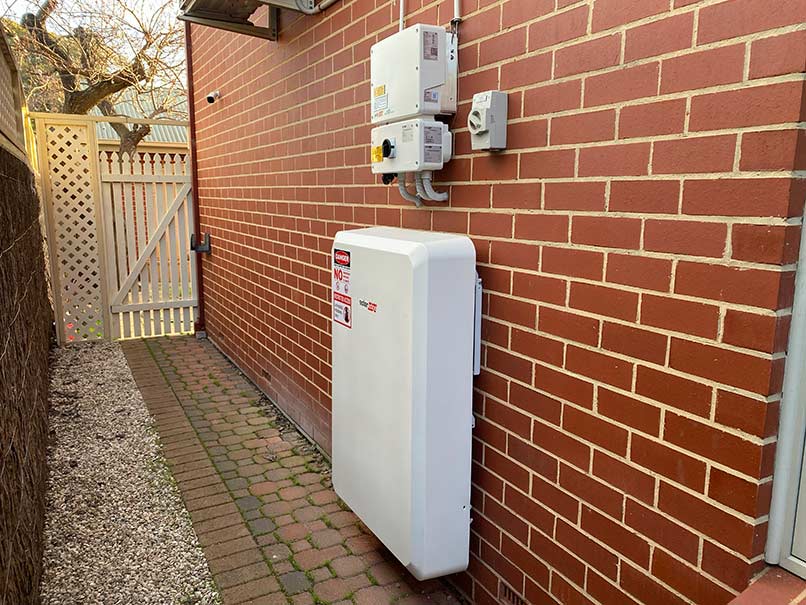
A SolarEdge 10 kWh home battery and Energy Hub inverter.
Although they had a false start some years ago, SolarEdge promise a 3 phase option is nearly here.
The beauty of the SolarEdge app is that priorities are readily customised, so you can choose where your excess solar is going.
However, if you have special storage profiles (e.g., cheap time-of-use retail deals), they can’t be easily controlled via the app. You’ll need to ring your installer to tweak settings if you want to take advantage of “happy hour” charging from the grid. This will hopefully be handed over to the end customer in a future software update.
Tesla
Ever popular Tesla has its Powerwall 2 battery and Wall Connector EV charger.
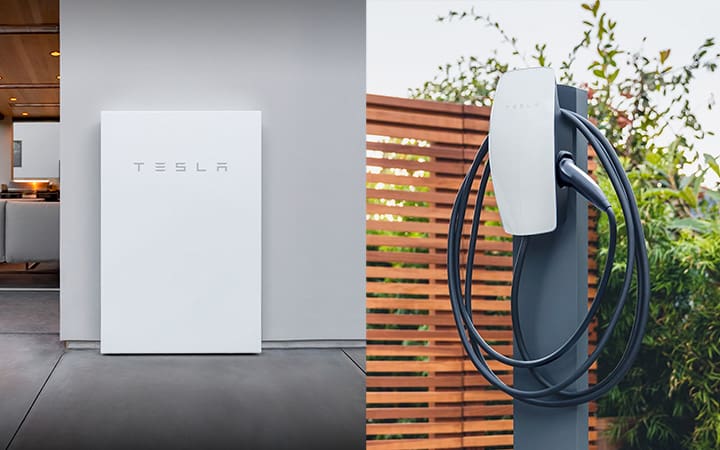
The excellent Powerwall 2, and adequate Wall Connector
By year’s end, it will launch its Powerwall 3 battery in Australia, an all-in-one unit containing a solar inverter.
The Tesla wall connector has no smart charging features other than a simple timer1. However, if you have a matching Tesla vehicle and Powerwall, smart charging is done by the car itself using the Powerwall to measure energy flows. Smart charging in non-Powerwall homes often uses third-party software such as chargeHQ to talk to the Tesla car and control charging.
But in the Tesla Wall Connector’s defence, with more energy retailers offering TOU deals for dirt cheap or free energy at fixed times, a dumb timer makes smart solar charging much less relevant.
Seek Out Support
If you’re going to invest heavily in solar, battery and EV, it’s worth seeking out a working example where all the devices you have, such as Battery, EV charger(s), hot water, etc, are coordinated. Then ask for a live demonstration of how the technology works.
Get a device with the appropriate app installed, then get the salespeople to explain while you finger the screen yourself. That’s the best way to get a feel for it and ensure the whole package does what it says on the tin.
Footnotes
- and demand management if you have more than one unit and don’t want to trip the main breaker ↩
Original Source: https://www.solarquotes.com.au/blog/solar-ecosystems-today/

